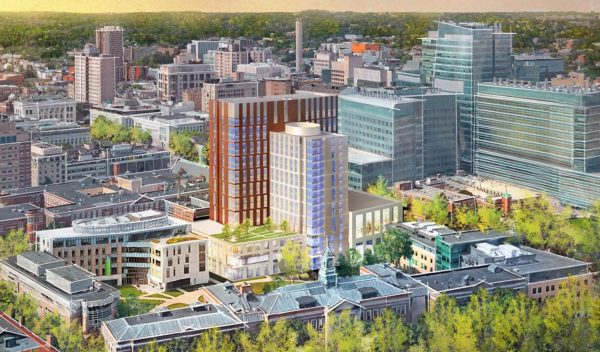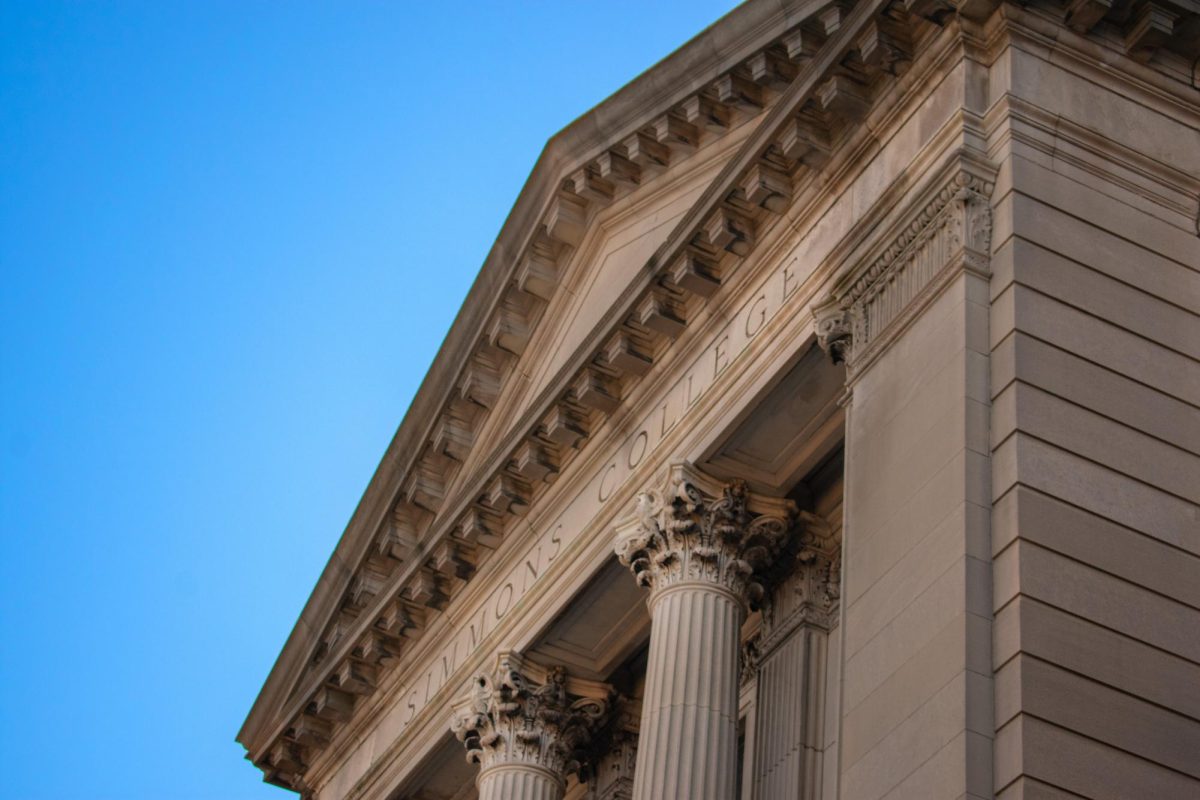Losing the quad is like losing the lungs of Simmons residence halls, where students breathe in mental wellness and exhale academic stress.
The Draft Project Impact Report of Simmons University in Boston Planning and Development Agency states that the new Living and Learning Center (LLC) will replace the quad with a roof terrace with green roof trays, tall grasses and shrubs in planters. This will not be enough to improve students’ mental health and academic performance as it lacks expansive outdoor space and natural ambiance.

This semester, having classes in a windowless classroom at Lefavour Hall often makes me feel suffocated and stressed, and going to the residence quad after class helps me to decompress. In 2022, the International Journal of Environmental Research and Public Health found that female students’ mental health improves by 25.5% and academic achievement by 21.5% with every 100% increase in green outdoor time.
While there is a small quad on the academic campus, research emphasized the necessity of adequate green space. A study published in the International Journal of Environmental Research and Public Health in 2018 found that to support the mental health and well being of an individual the ideal value of green space they need is 50 square meters per capita.
Lea Cabaero, a neuroscience major expected to graduate in 2027, shared the same view. “I really enjoy having a grassy quad where I can see lots of animals throughout the day. It gives such a nice balance to living in the city and encourages me to go outside more often.” The Class of 2027 is the first class expected to live in the LLC, which is scheduled for completion in Fall 2026.
Phyre Kwong, a sophomore Asian Studies major, added that “green spaces outside are so important for students, especially since we live in a place that fosters seasonal depression.”
While the roof terrace may add greenery in the LLC, it appears more of an aesthetic than a recreation of the quad, like adding fake vines to a dorm room for decoration. A better recreation would be prioritizing preserving the green spaces on Simmons’ academic campus by planting more trees, creating a garden study area and maintaining existing grass outside where students can sit around, connect with nature and breathe.










